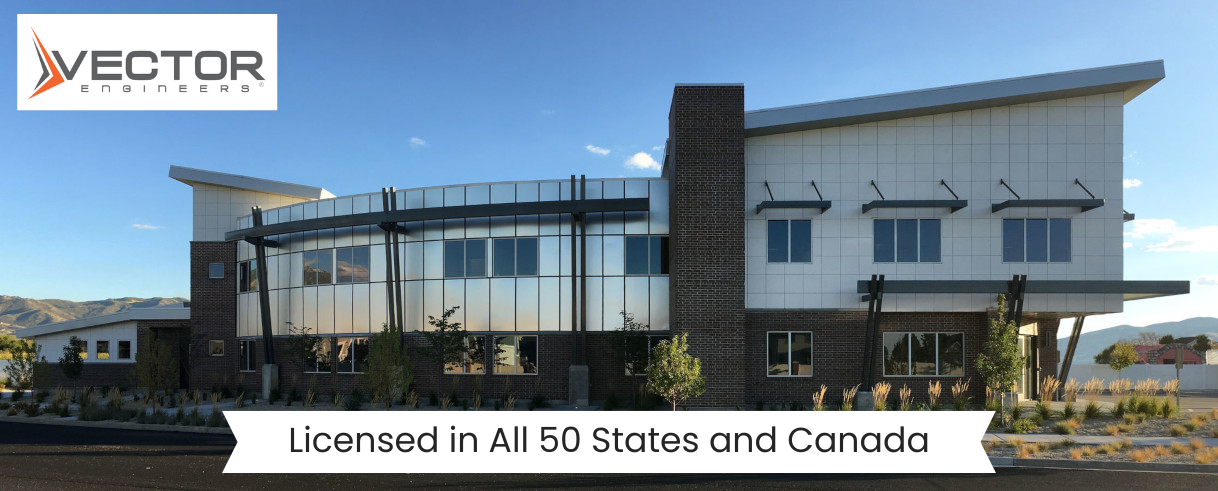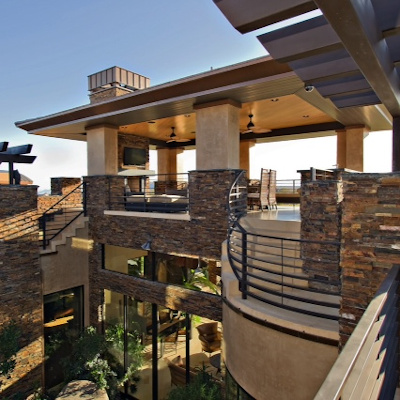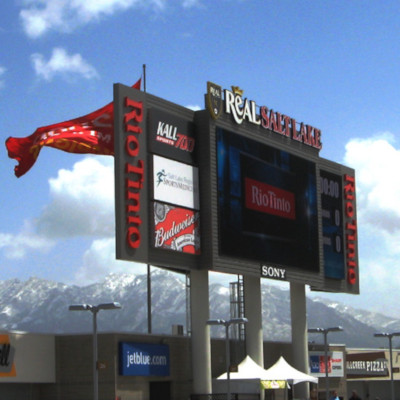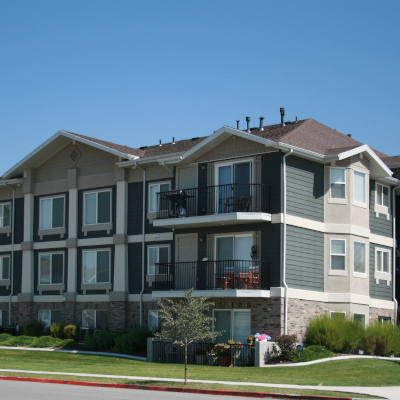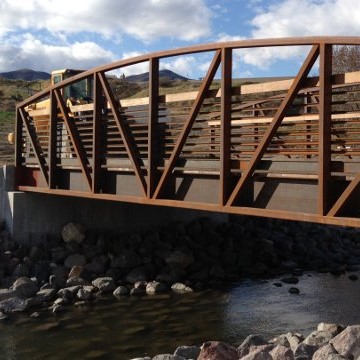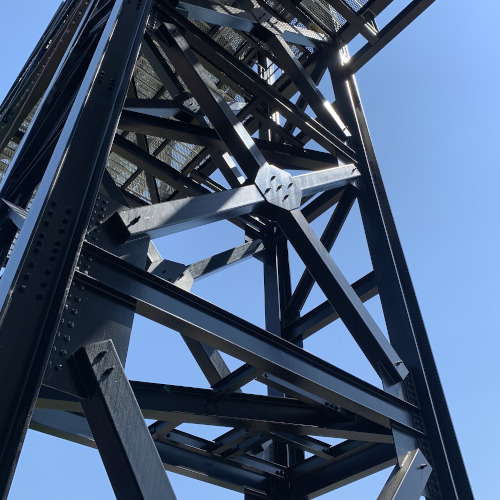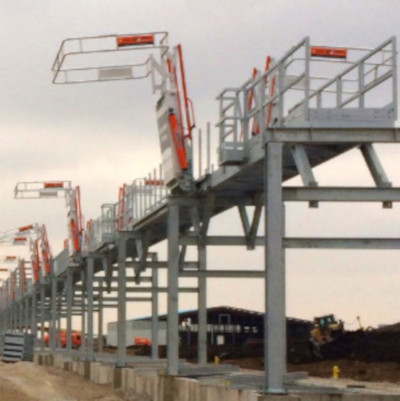Mesa Delegated Design Submittal
In the construction industry, the concept of delegated design plays a crucial role in ensuring a project’s successful implementation. Understanding the ins and outs of this process is essential for both design professionals and project stakeholders. Mesa, as a city with its own regulations and requirements, has its specific guidelines for delegated design submittal. This article will delve into the various aspects of the Mesa delegated design submittal process to provide a comprehensive overview for industry professionals.
Understanding the Concept of Delegated Design
Delegated design refers to the practice of assigning specific design responsibilities to individuals or firms other than the project’s primary designer. The main goal of delegated design is to distribute the workload efficiently and harness the expertise of specialists in a particular field. By doing so, the overall design process becomes more streamlined and optimized.
Delegated design allows for more effective collaboration between multiple professionals, enabling each party to focus on their respective areas of expertise. This approach ensures that every aspect of a construction project receives the necessary attention and expertise.
Importance of Delegated Design in Construction
Delegated design plays a pivotal role in construction projects as it allows for better project management and ensures the highest level of quality and safety. By delegating specific design tasks to specialized professionals, project stakeholders can optimize the overall design process and reduce the likelihood of errors or delays.
Moreover, delegated design enables the project team to tap into the knowledge and experience of industry experts. Design professionals who specialize in certain aspects, such as electrical systems or structural engineering, can ensure the highest level of precision and adherence to industry standards within their specific domain.
Key Elements of Delegated Design
There are several key elements that make up the process of delegated design. These include clear communication, well-defined scopes of work, and effective coordination among all parties involved.
Clear communication is essential to ensure that all parties understand their roles and responsibilities. This includes establishing effective lines of communication between the primary designer, design professionals responsible for delegated tasks, and project stakeholders. By maintaining open and transparent lines of communication, potential issues can be identified and addressed promptly.
Well-defined scopes of work are equally important in delegated design. Each design professional should have a clear understanding of the tasks they are responsible for, along with any deadlines or specifications associated with their work. This clarity helps prevent confusion and ensures that all parties are on the same page throughout the design process.
Coordination among different design professionals is crucial to maintain the integrity and compatibility of the overall design. Regular meetings, check-ins, and collaboration ensure that all design components fit together seamlessly and meet the project’s objectives.
The Role of the Design Professional in Mesa
In Mesa, design professionals play an integral role in the delegated design submittal process. They are responsible for overseeing and managing the various design tasks delegated to them by the primary designer. It is essential for design professionals to understand their responsibilities and the specific process of design submittal.
Responsibilities of the Design Professional
Design professionals in Mesa are accountable for delivering high-quality designs that adhere to the city’s building codes, regulations, and industry standards. They must thoroughly review project requirements, ensure compliance with applicable codes, and produce accurate and detailed design documents for the delegated aspects of the project.
Alongside creating the design documents, design professionals must coordinate and collaborate with the primary designer, project stakeholders, and other design professionals involved in the project. This collaboration is essential to ensure that the delegated design elements integrate seamlessly into the overall project design.
The Process of Design Submittal
The design submittal process in Mesa involves several sequential steps that must be followed to ensure compliance and successful project execution. The design professional must first prepare for the submittal by familiarizing themselves with the project requirements, design guidelines, and timelines.
During the submittal process, design professionals are responsible for submitting their design documents to the appropriate authorities for review and approval. This typically involves providing comprehensive drawings, calculations, and specifications that demonstrate the compliance and viability of the design.
After the initial submittal, design professionals may need to make revisions or address any concerns raised by the authorities. This iterative process continues until the design has been approved, at which point the project can progress to the next phase.
Navigating the Mesa Delegated Design Submittal Process
Successfully navigating the Mesa delegated design submittal process requires careful planning and attention to detail. Design professionals must be well-prepared and knowledgeable about the specific requirements of the process to ensure a smooth and efficient submittal.
Preparing for the Submittal
Prior to submitting the design documents, design professionals should thoroughly review the project requirements, regulations, and guidelines provided by the authorities. It is crucial to understand the specific submittal requirements, such as the format and documentation needed.
Design professionals must also ensure that all design elements are complete, accurate, and compliant with applicable codes and standards. They should conduct thorough quality checks and review the design documents from both an internal and external perspective to identify any potential issues or areas for improvement.
Steps in the Submittal Process
- Gather all the required design documents, including drawings, calculations, and specifications.
- Organize the documents according to the submittal requirements provided by the authorities.
- Submit the design documents within the specified timeframe and in the required format.
- Address any feedback or concerns raised by the authorities promptly and thoroughly.
- Revise and resubmit the design documents if necessary, ensuring that all requested changes have been implemented.
- Obtain final approval from the authorities once the design has met all the requirements.
Common Challenges in Delegated Design Submittal
While the delegated design submittal process offers numerous benefits, it also presents its own set of challenges that must be navigated effectively. By identifying these challenges and implementing appropriate strategies, design professionals can overcome them and ensure a successful submittal.
Identifying Potential Pitfalls
One of the common challenges in delegated design submittal is the potential for miscommunication or misunderstanding between the primary designer and the design professionals responsible for delegated tasks. This can lead to errors, delays, or inconsistencies in the overall design.
Lack of coordination among different design professionals is another challenge that may arise. When working on complex projects with multiple specialized professionals, ensuring that all design components align seamlessly can be a demanding task.
Strategies for Overcoming Challenges
To overcome these challenges, design professionals should prioritize clear and frequent communication with all relevant parties. This includes regular meetings, check-ins, and documentation of all design decisions and changes.
Design professionals should also establish strong lines of coordination and collaboration among different design disciplines. By fostering a collaborative environment and promoting open dialogue, professionals can identify and address any compatibility issues early on, preventing them from causing significant problems later in the design process.
Ensuring Compliance with Mesa’s Regulations
Compliance with Mesa’s building codes and regulations is a crucial aspect of the delegated design submittal process. Design professionals must familiarize themselves with these requirements to ensure that their design documents meet all necessary standards.
Understanding Mesa’s Building Codes
Mesa’s building codes outline the minimum requirements for the design, construction, and maintenance of buildings within the city. Design professionals must stay up to date with the latest revisions and amendments to these codes to ensure compliance.
Meeting the Standards for Delegated Design
In addition to building codes, Mesa has specific standards that design professionals must adhere to when preparing their delegated design submittals. These standards cover various aspects such as structural design, electrical systems, plumbing, and HVAC.
To meet these standards, design professionals must ensure that their design documents are accurate, detailed, and conform to the city’s requirements. This includes providing comprehensive calculations, drawings, and specifications that demonstrate compliance with applicable standards.
Overall, the Mesa delegated design submittal process requires careful planning, coordination, and compliance with the city’s regulations. By understanding the concept of delegated design, the roles and responsibilities of design professionals, and the specific steps involved in the submittal process, industry professionals can effectively navigate and ensure the success of their projects. With adequate knowledge and strategic approaches to overcome challenges, design professionals can deliver high-quality designs that meet all necessary requirements in Mesa’s construction industry.
What our customers have to say
“Over the course of my ten years in the industry, I’ve used probably 30 different PE firms, and Vector has just out-performed them in every way. Speed. Quality. Price. We operate in 900 cities and towns in seven states, and all the jurisdictions appreciate their verbiage, layout and calculations. We never have issues with anybody questioning their work.”
“We have had a very smooth transition from our previous engineering firm to your company. Since we made the move, the turnaround times have been very quick and consistent, and we haven’t had to stress over our structural stamps — which has been a great relief. Many thanks to you and the rest of your team.“
“I have had the pleasure of working with the Engineers at Vector for over 10 years. Over that time they have continually proven themselves in their quality of work, dedication to their craft, and in meeting tight deadlines. They have gone out of their way to learn and understand our designs to ensure their results are as accurate and reasonable as possible. I would highly recommend them to anyone.”
“DBM Solar Design & Consulting has been working with Vector now for 5 years. We have not worked with any other engineering firm outside of Vector and there is a reason for that. All the engineers that I have worked with have all been most accommodating in every aspect of our solar engineering projects.”
“DBM Solar Design & Consulting has been working with Vector now for 5 years. We have not worked with any other engineering firm outside of Vector and there is a reason for that. All the engineers that I have worked with have all been most accommodating in every aspect of our solar engineering projects.”
“Over the course of my ten years in the industry, I’ve used probably 30 different PE firms, and Vector has just out-performed them in every way. Speed. Quality. Price. We operate in 900 cities and towns in seven states, and all the jurisdictions appreciate their verbiage, layout and calculations. We never have issues with anybody questioning their work.”
“We have had a very smooth transition from our previous engineering firm to your company. Since we made the move, the turnaround times have been very quick and consistent, and we haven’t had to stress over our structural stamps — which has been a great relief. Many thanks to you and the rest of your team.“
“I have had the pleasure of working with the Engineers at Vector for over 10 years. Over that time they have continually proven themselves in their quality of work, dedication to their craft, and in meeting tight deadlines. They have gone out of their way to learn and understand our designs to ensure their results are as accurate and reasonable as possible. I would highly recommend them to anyone.”

Providing Structural & Electrical Engineering services in all 50 states plus Washington D.C., Puerto Rico and Canada.


